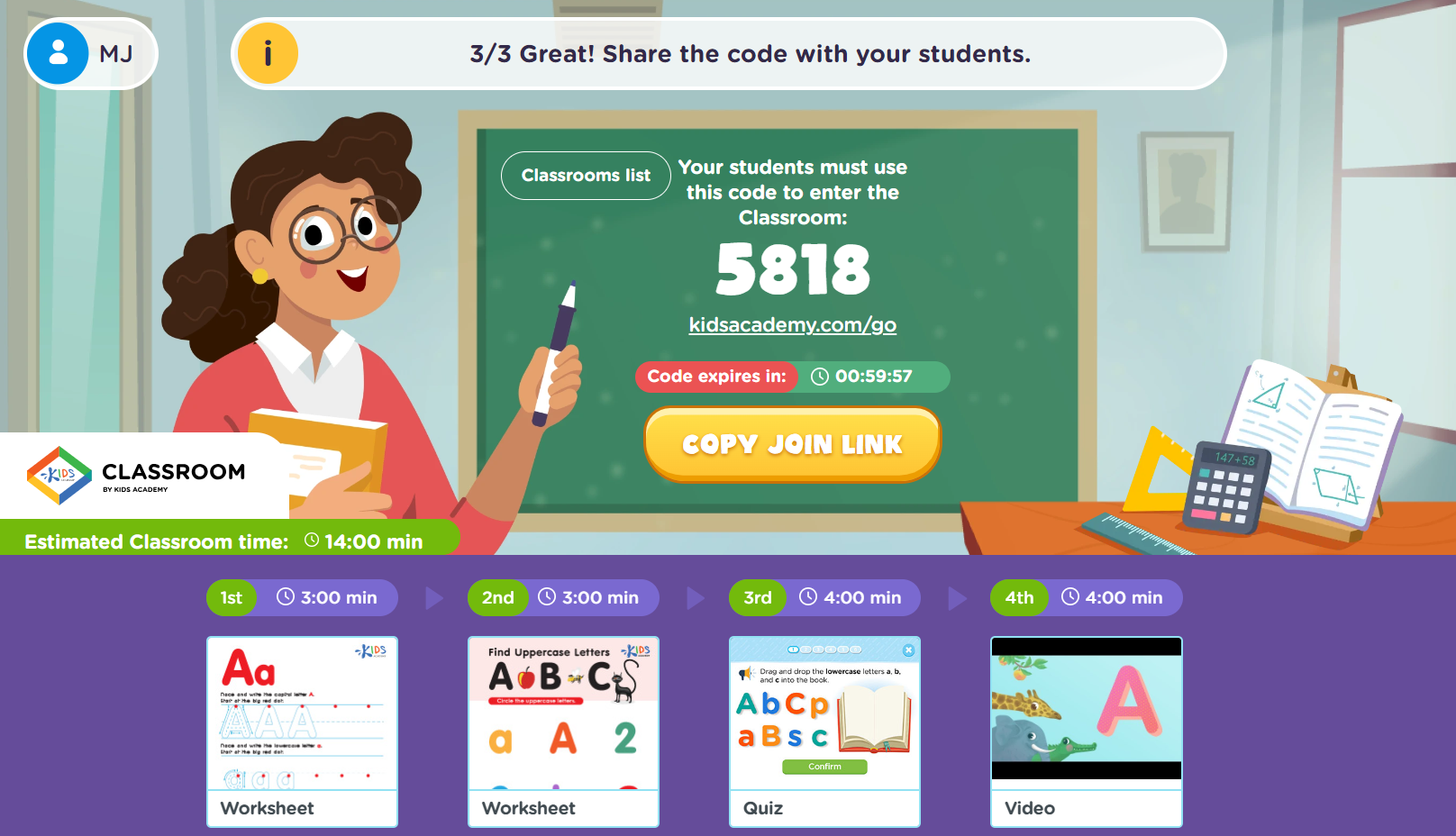Comparing quantities Math Worksheets for Ages 5-8
13 filtered results
-
From - To
Explore our engaging Comparing Quantities Math Worksheets designed specifically for children ages 5 to 8! These worksheets help young learners develop essential math skills as they compare numbers, understand greater than or less than concepts, and enhance their critical thinking. Each worksheet is thoughtfully crafted to cater to different learning styles, featuring colorful visuals and relatable examples to keep children motivated and engaged in their learning journey. Aligned with early learning standards, our resources promote confidence and fluency in mathematics. Perfect for home or classroom use, these worksheets make learning fun while laying the foundation for future math success!


Which Has More? Size Worksheet


Comparing Number Representations Worksheet


Fruit Math: Picture Graphs Worksheet
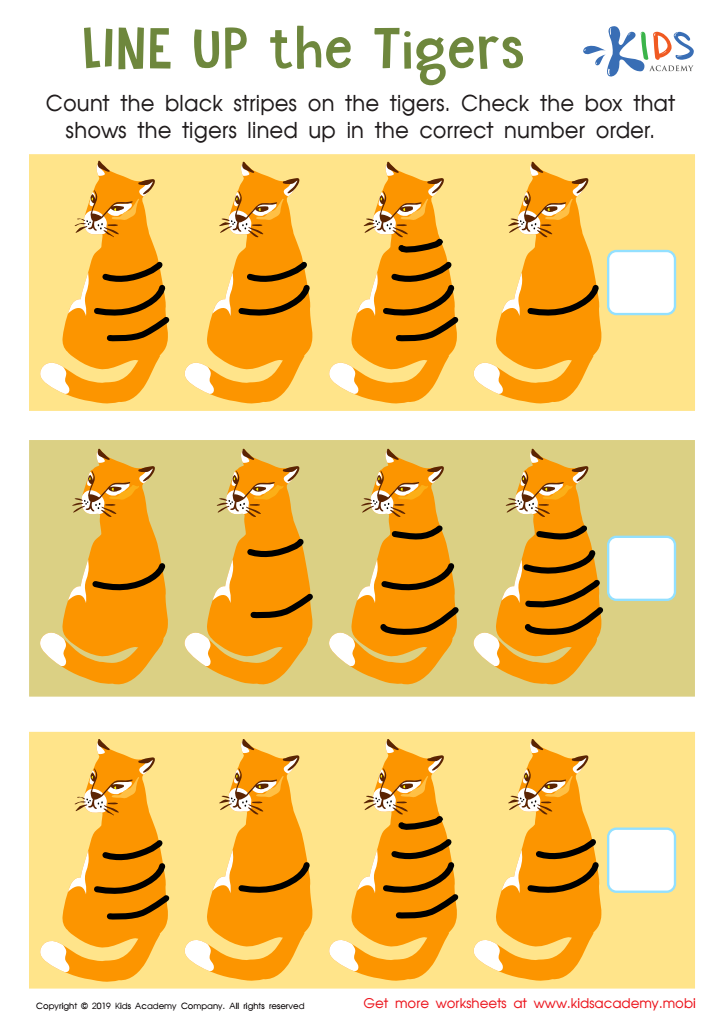

Line up the Tigers Worksheet
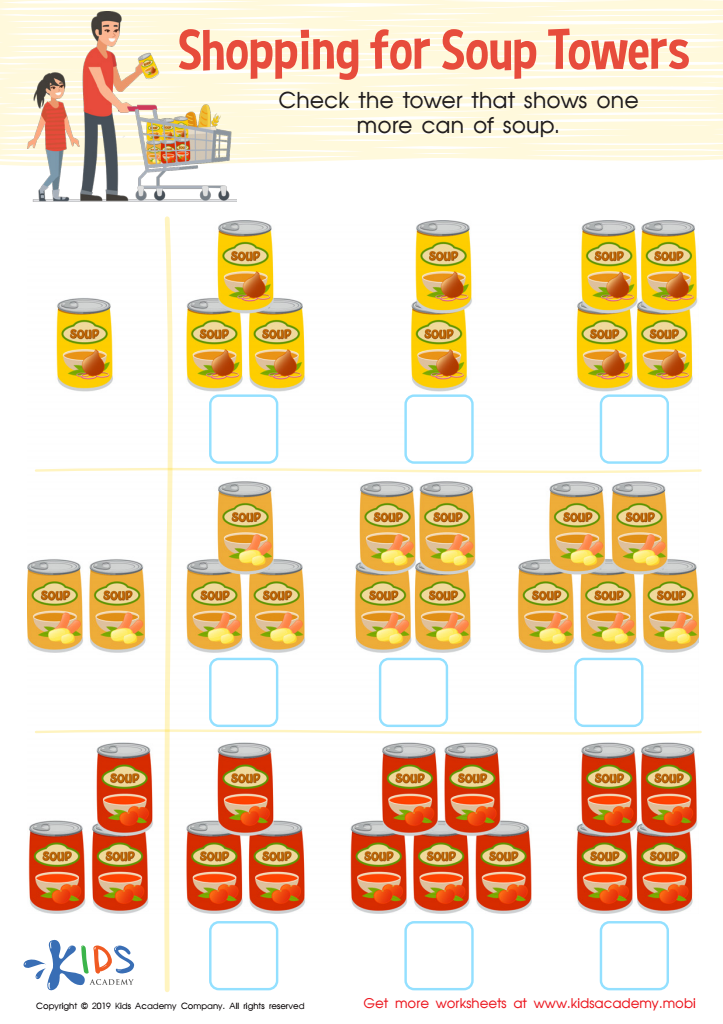

Soup Towers Worksheet
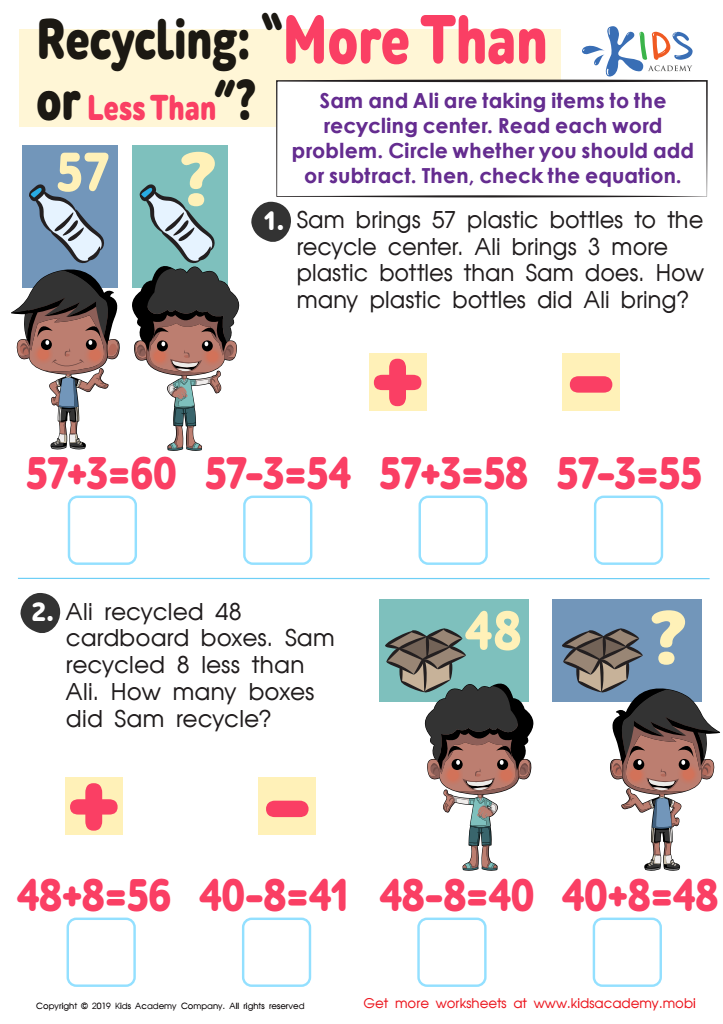

Recycling - More or Less Worksheet
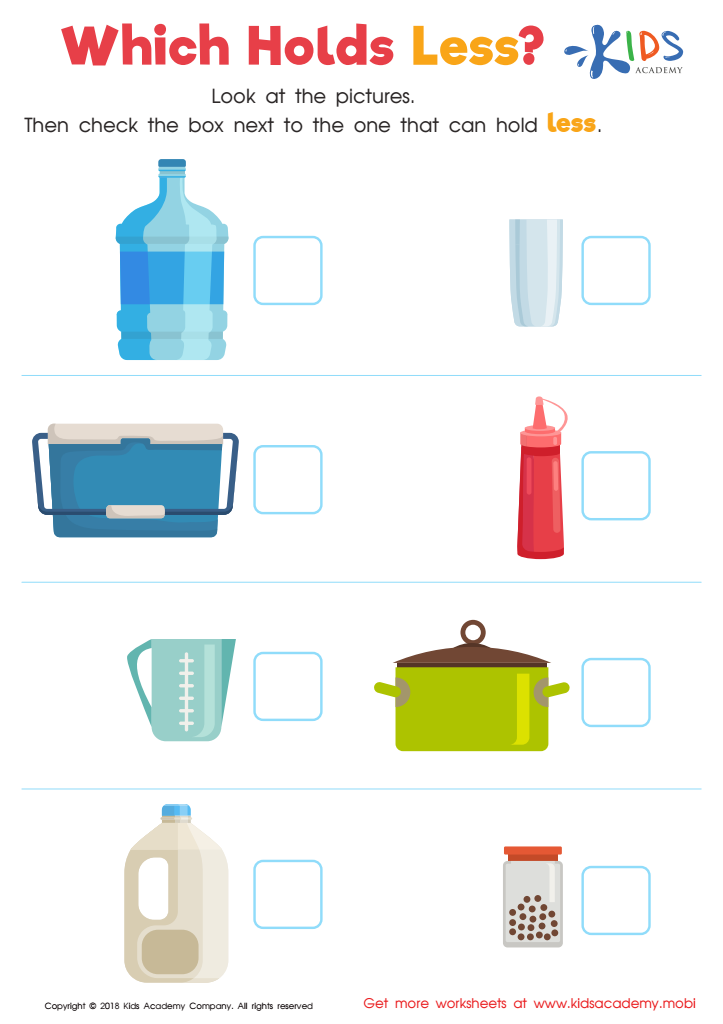

Which Holds Less? Worksheet
Comparing quantities is a foundational math skill that plays a crucial role in the cognitive development of children ages 5 to 8. Understanding how to compare quantities helps children grasp essential mathematical concepts, such as more than, less than, and equal to. This sets the stage for more complex arithmetic later on, including addition and subtraction.
Parents and teachers should care about this skill because early proficiency in comparing quantities fosters critical thinking and problem-solving abilities. It encourages children to observe the world around them, develop analytical skills, and make informed decisions based on quantitative information. As they compare various items—whether it's counting apples, comparing heights, or measuring how much water is in two cups—they are also honing their ability to notice differences and similarities in their environment.
Moreover, this skill can enhance everyday activities, making learning more interactive and engaging. By incorporating hands-on activities and real-life examples, adults can ignite children’s curiosity and help create a positive attitude toward math. In doing so, they empower kids with the confidence and skills necessary for academic success, laying a strong foundation for their future learning journey. Ultimately, engaging in comparing quantities serves both educational and social development.
 Assign to My Students
Assign to My Students

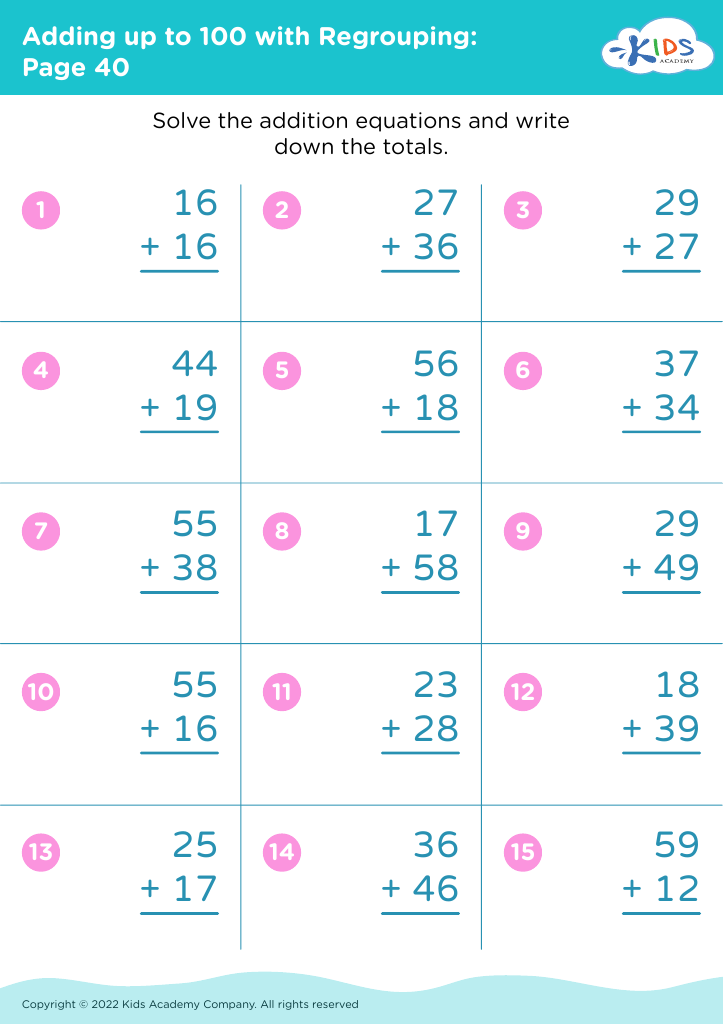
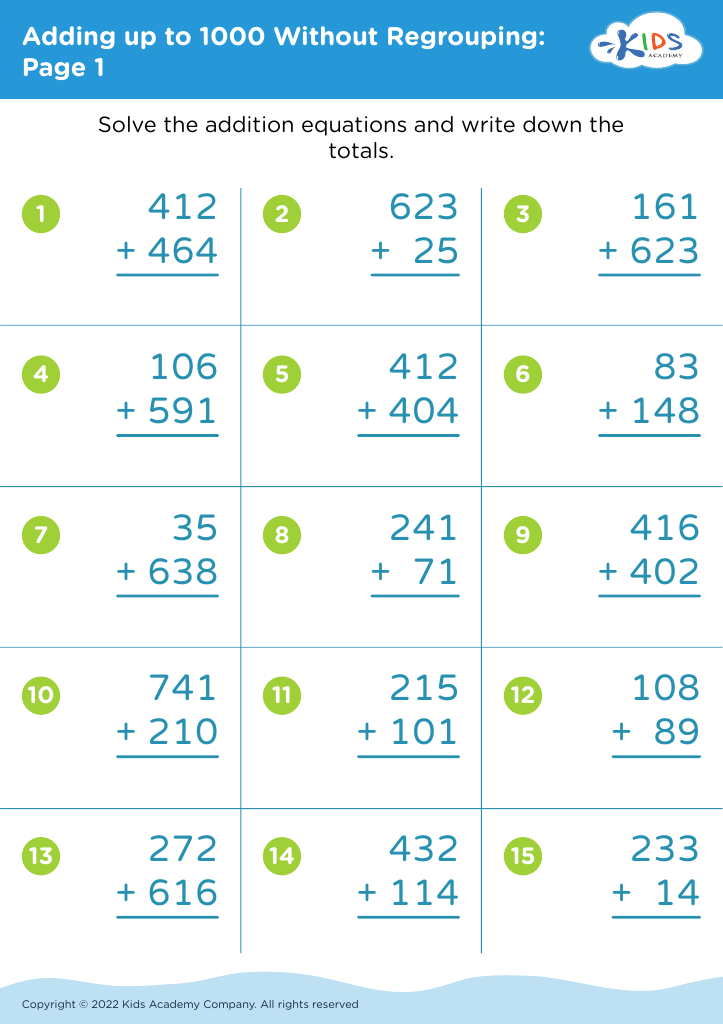

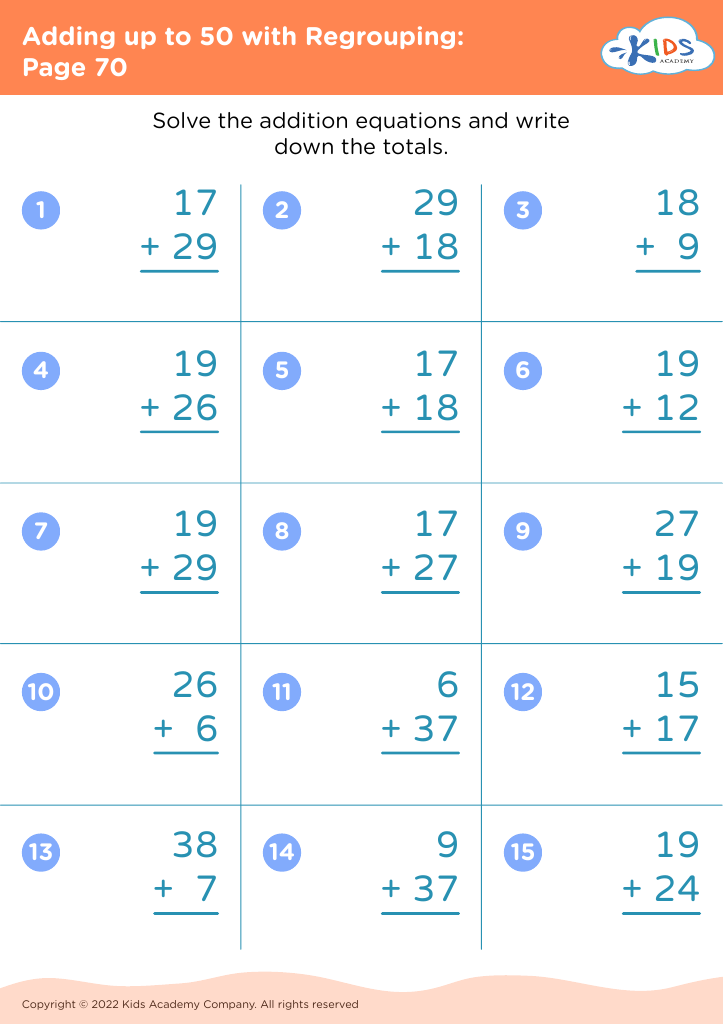
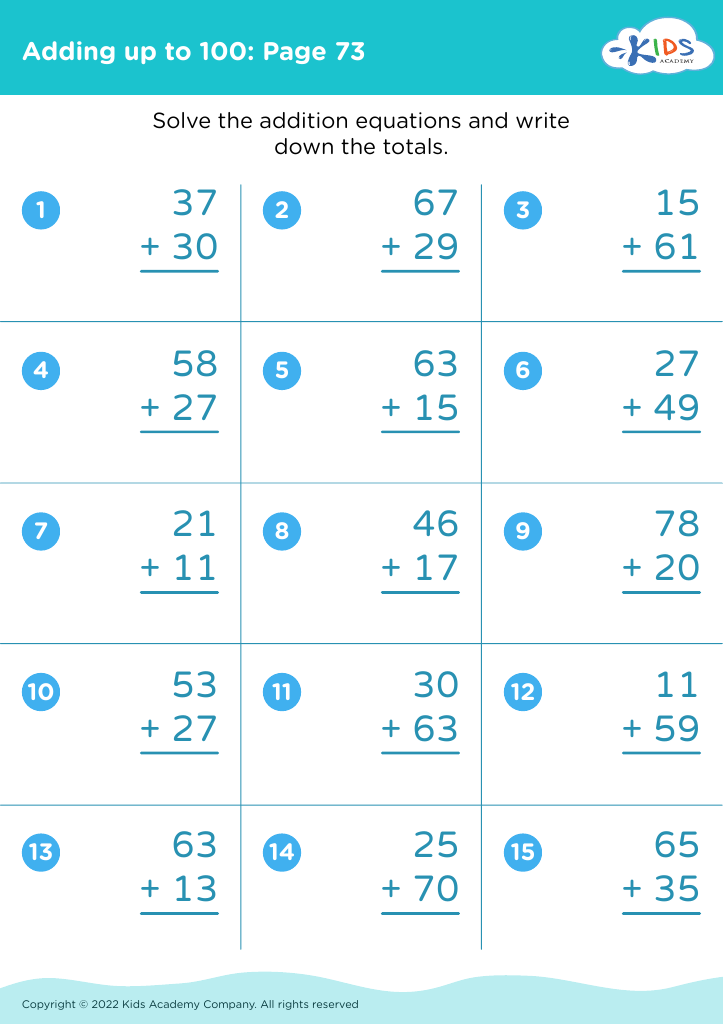
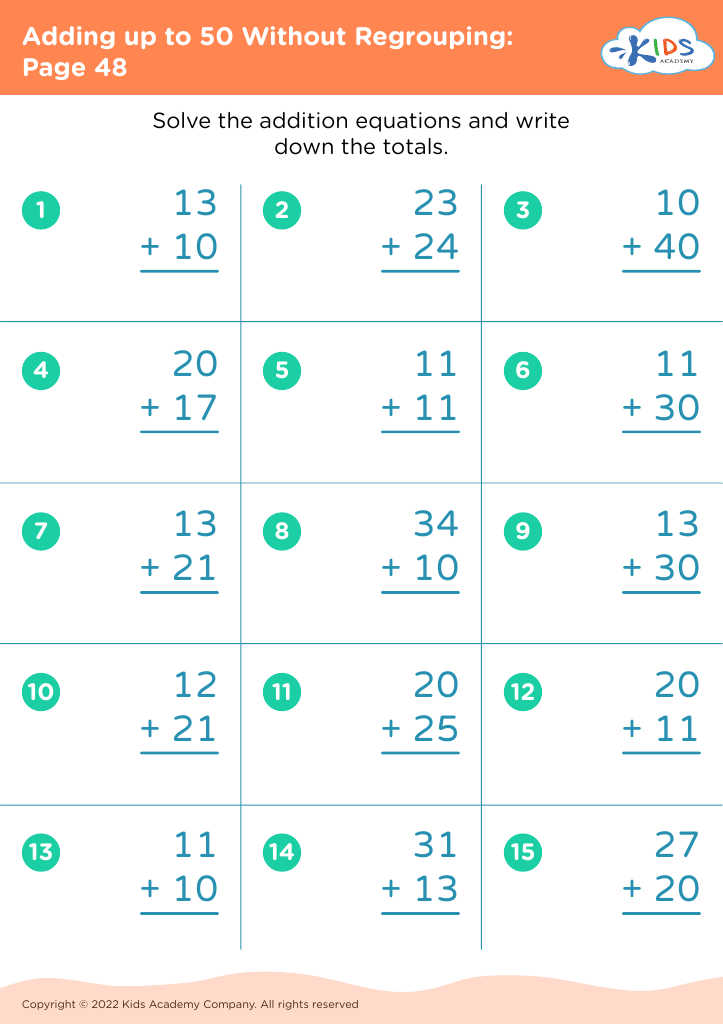

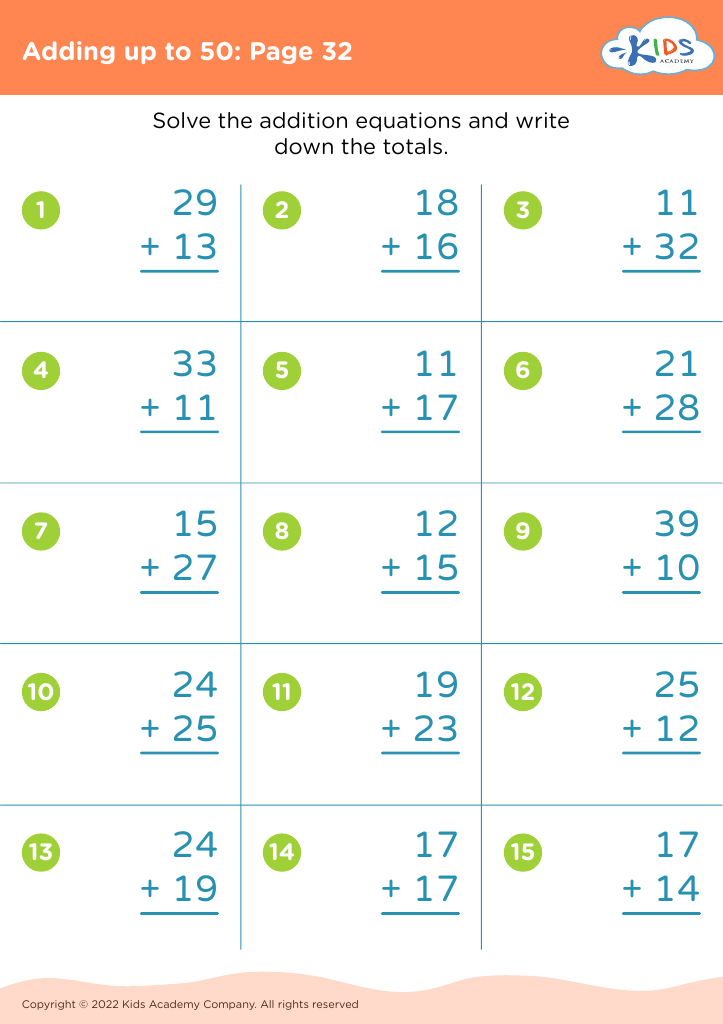





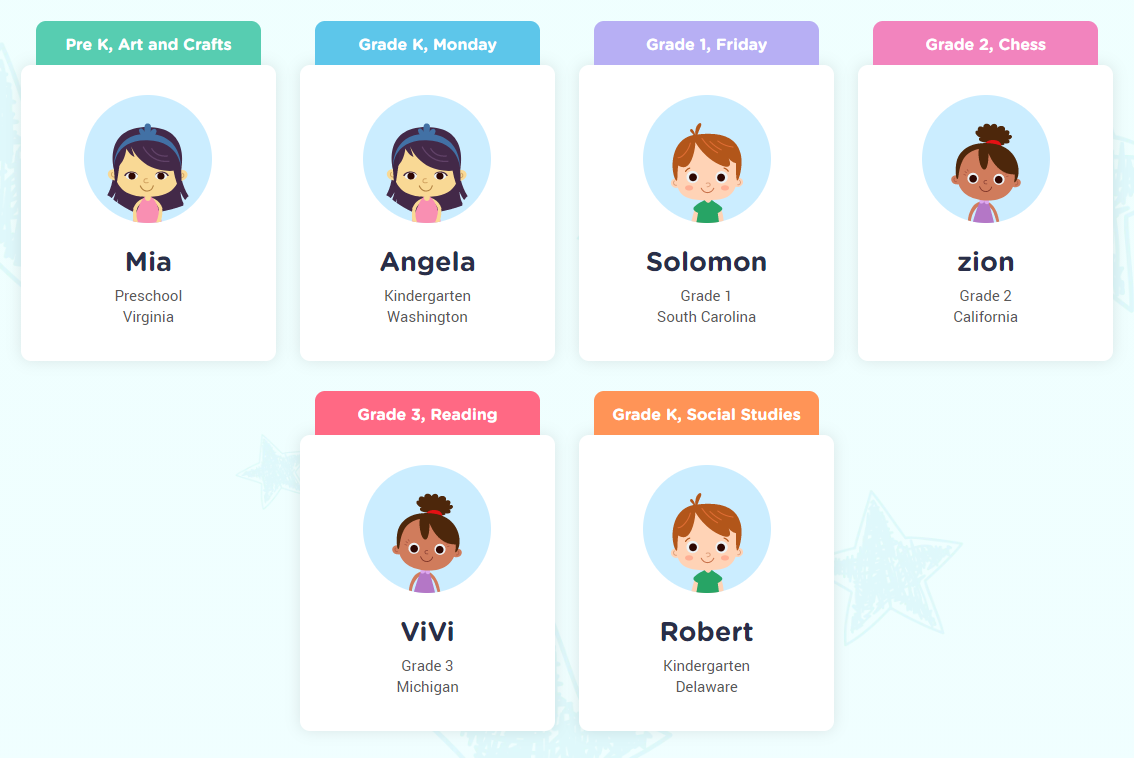

.jpg)
